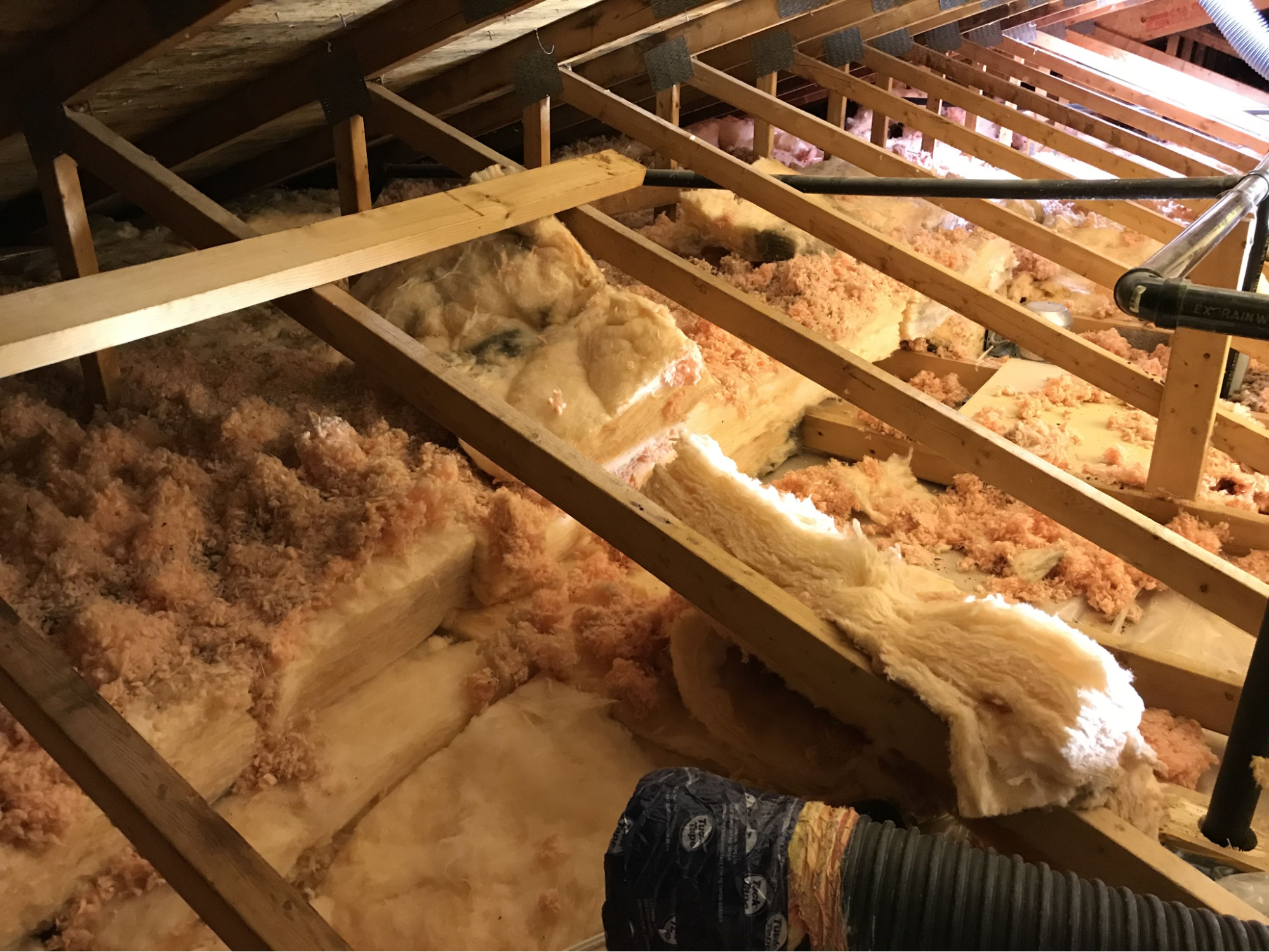
When installing new insulation, many homeowners and business owners focus on selecting the right material but overlook the importance of removing the old insulation properly. Outdated or damaged insulation can lead to energy inefficiencies, poor indoor air quality, and even health concerns. Removing it before installing new insulation ensures maximum performance, safety, and longevity.
Old insulation can degrade over time due to factors like moisture, pests, and material breakdown. When this happens, its ability to regulate temperature diminishes, leading to increased energy bills and reduced comfort.
Removing old insulation before a new installation eliminates these issues, creating a clean slate for optimal energy efficiency and home comfort.
Failing to remove aged insulation can expose occupants to harmful substances. Older insulation types, such as those containing asbestos or fiberglass, can release airborne particles that pose respiratory risks.
Hiring professionals for insulation removal ensures proper containment and disposal, reducing health risks for both residents and workers.
Water-damaged or degraded insulation can lead to wood rot, weakened ceilings, and other structural problems. Insulation acts as a barrier, and when it fails, moisture and heat fluctuations can accelerate material deterioration within the property.
A complete removal process allows professionals to inspect for hidden damage and ensure the structure is in good condition before installing fresh insulation.
New insulation requires a well-prepared surface to function effectively. Leaving old or deteriorated insulation in place can interfere with the proper fit and performance of new materials.
A professional removal process guarantees that new insulation is applied without interference, improving its overall effectiveness.
When insulation is properly removed and replaced, it enhances the building’s ability to maintain stable indoor temperatures. This leads to lower heating and cooling costs over time.
Homeowners and businesses investing in insulation replacement can expect a noticeable drop in energy expenses, making the cost of professional removal a worthwhile investment.
Attempting to remove insulation without professional expertise can result in exposure to hazardous materials, improper disposal, and incomplete removal. Hiring an expert team ensures safe handling, thorough cleanup, and preparation for a flawless new insulation installation.
Armored Insulation provides expert insulation removal and installation services, ensuring your home or business remains energy-efficient, safe, and comfortable. Contact us today at (270) 331-4844 or email [email protected] for an assessment.
Once the old insulation is removed, selecting the right replacement material is crucial. Different insulation types offer varying benefits depending on climate, budget, and building structure.
Professional consultation helps determine the best option for your space, maximizing energy savings and comfort.
Old insulation can be contaminated, damaged, or inefficient. Removing it ensures better performance, safety, and energy efficiency.
DIY removal can expose you to hazardous materials like asbestos, mold, and dust. Professional services ensure safe handling and proper disposal.
Costs vary based on insulation type, square footage, and condition. Contact Armored Insulation at (270) 331-4844 for an estimate.
Timeframes depend on the size of the area and the complexity of the job. Most residential projects take one to two days.
In most cases, full removal is recommended to prevent contamination and ensure a clean installation. A professional assessment can determine what’s necessary.
Professionals handle disposal according to local regulations, ensuring safe and environmentally responsible removal.
Temporarily, but the new insulation will quickly restore and improve temperature regulation.
If your insulation was installed before the 1980s, a professional test is required to determine if asbestos is present.
Signs include high energy bills, drafts, mold growth, pest infestations, or visible insulation damage.
In most cases, installation can begin immediately after removal and cleanup, ensuring minimal disruption.